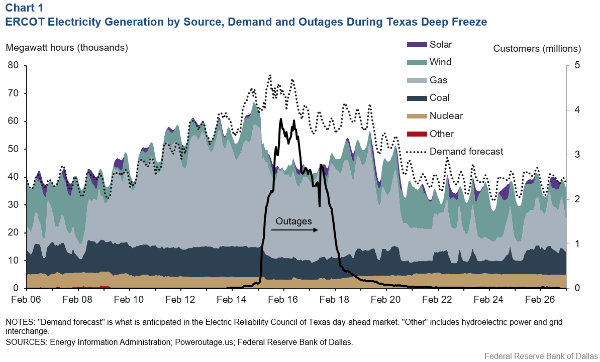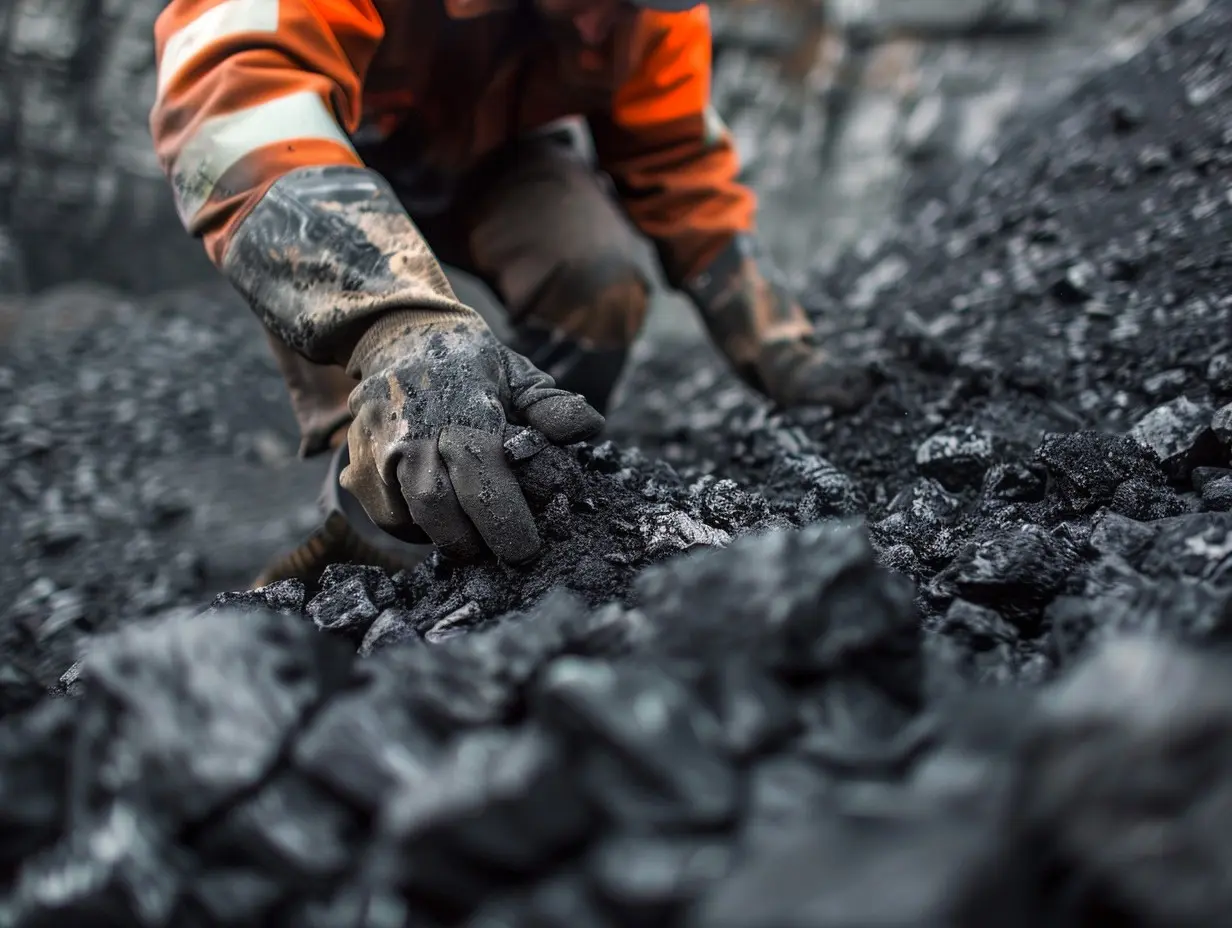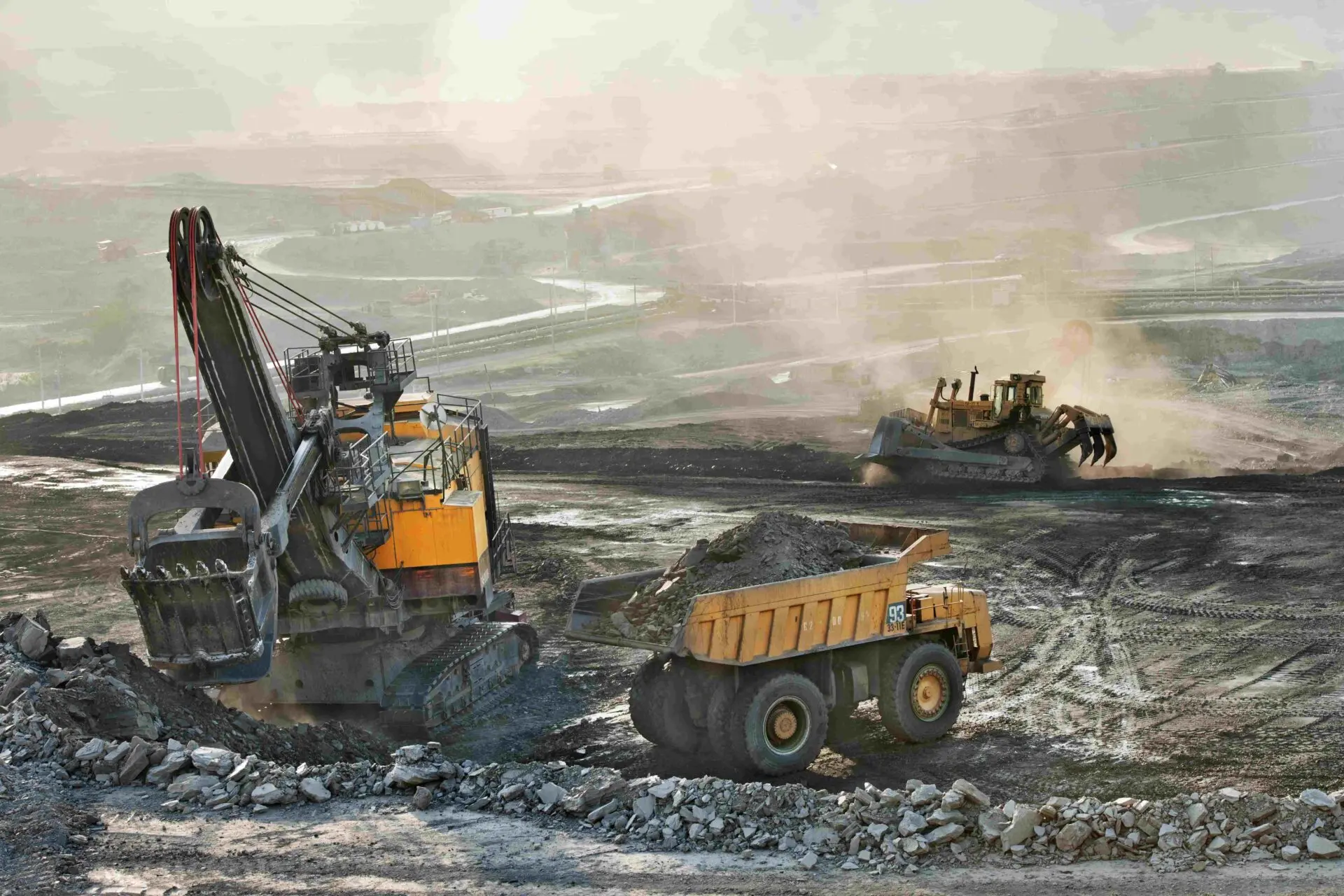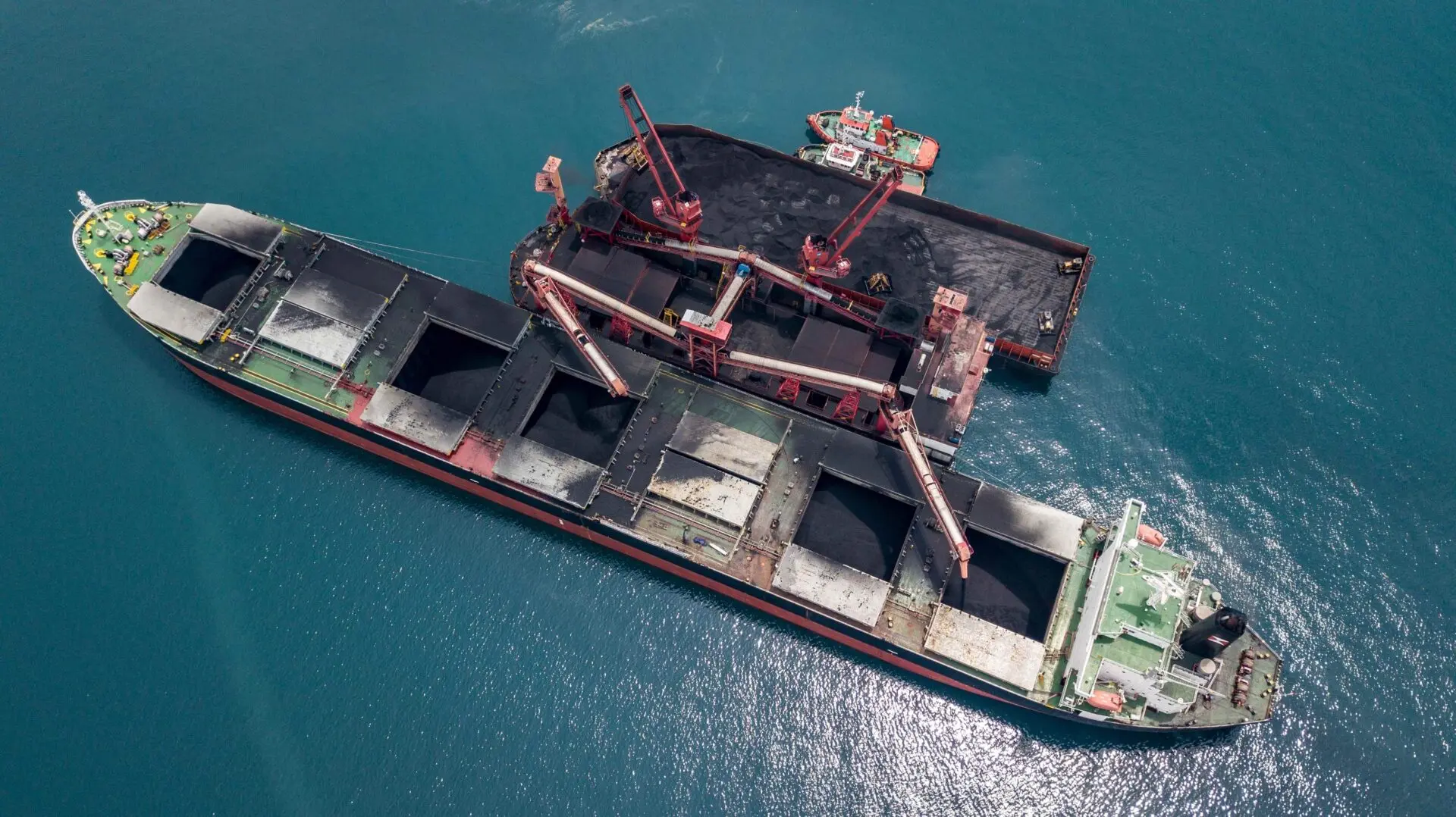

The energy value chain is a complex and interdependent mechanism. No single piece is the source of the devastating power outage that struck Texas during a record-breaking cold snap in mid-February.
Though the cost of annual preparations for extreme and relatively infrequent weather events has proven difficult for policymakers and industry to justify, the shocking aftermath of the February freeze and the resulting widespread power outage demand a careful re-examination. Our analysis indicates winterizing for extreme winter weather events appears financially reasonable.
Power Generation Fails to Meet Demand
A week before the storm, sustained wind speeds and mild temperatures allowed wind turbines to fill more than 50 percent of Texas power requirements. As wind speeds declined and the temperature plummeted, the grid increasingly relied on gas-fired power plants to meet mounting demand.
Temperatures dipped into the single digits and lower across much of Texas overnight on Feb. 14. Electricity demand surged as critical equipment failed at several power plants. Wind-farm output—already low due to diminished wind speeds—declined further as ice accumulated on turbine blades.
Electricity generation declined yet again when gas-fired power plants were unable to procure needed gas supplies. Nearly 4 million Texas customers—representing more than 11 million people—lost power during the Arctic blast (Chart 1).
While industry sources report gas production difficulties occurred because of wells and other such installations freezing, the bigger disruption began when power was cut to the wells, processing plants and compressor stations that move the gas into and along major pipelines serving power plants. During the storm, 38 of Texas’ 176 gas processing plants shut down due to weather conditions and electricity service disruption. Texas natural gas production dropped 45 percent Feb 13–17.
This created a death spiral for electricity generation.
Though the total cost of the winter storm could exceed $100 billion, the costs of winterizing electricity production should be viewed within the perspective of value of lost load. Using our VOLL estimate of $4.3 billion, and accounting for the once-a-decade frequency of subzero temperatures in Texas, winterizing measures and other actions should be equal to or less than $430 million annually.
Based on our analysis, the most reasonable solutions to prevent winter storm blackouts are within the bounds of being economically justified.
Source: Federal Reserve Bank of Dallas
See complete article HERE.












